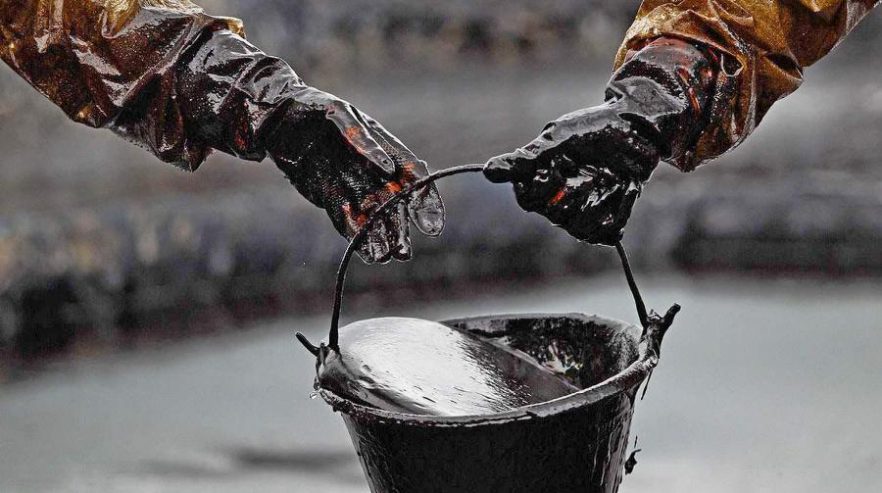OPEC+ panel keeps policy unchanged
An OPEC+ ministerial panel, called the Joint Ministerial Monitoring Committee, decided to maintain the group’s current oil output policy during a meeting

An OPEC+ ministerial panel, called the Joint Ministerial Monitoring Committee, decided to maintain the group’s current oil output policy during a meeting.
The decision came after Saudi Arabia extended its voluntary production cut into September, which further boosted oil prices. The panel has the authority to convene a full meeting of the Organization of the Petroleum Exporting Countries (OPEC) and its allies, known as OPEC+, if deemed necessary.
In July, oil prices experienced a significant increase of more than 14% compared to June, marking the largest monthly gain since January of the previous year. This surge was driven by tighter supply and growing demand, despite concerns over potential interest rate hikes and persistent inflation impacting economic growth.
The committee expressed its intention to closely monitor market conditions and urged member countries to fully comply with their output cut commitments. Saudi Arabia had previously announced extending its voluntary oil production cut of one million barrels per day (bpd) for another month through September, with the possibility of further extension or deepening. Oil prices traded close to $86 per barrel on Friday, reaching levels not seen since mid-April.
Russia also declared a reduction of oil exports by 300,000 bpd for September, following Saudi Arabia’s decision. However, the OPEC member Algeria, which implemented an additional voluntary cut of 20,000 bpd in August, is yet to determine whether the cut will be extended into September.
At its previous policy meeting in June, OPEC+ reached a broad agreement to limit oil supply until 2024. Saudi Arabia subsequently committed to a voluntary production cut for July, extending it to cover August. Excluding the additional voluntary reductions, the group’s output cuts stand at 3.66 million bpd, approximately 3.6% of global demand.
The JMMC is scheduled to convene again on October 4th.